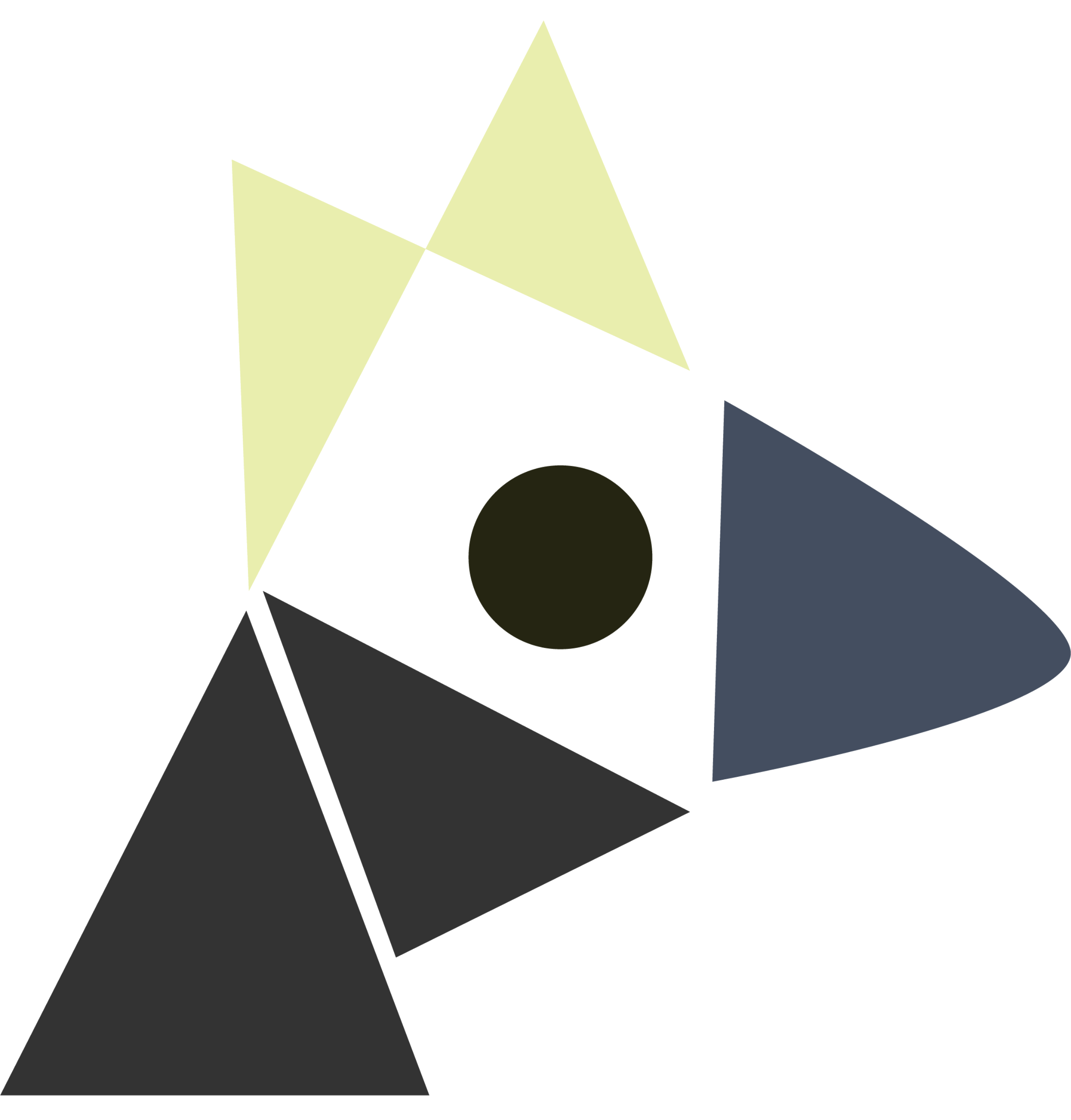SU-CS205L FEB132025
Last edited: August 8, 2025SU-CS205L JAN072025
Last edited: August 8, 2025model function, nearest neighbor method, data interpolation, overfitting and underfiting, regularization
noise vs. features
If you know a property of the underlying distribution, noise and the important underlying feature could look very similar (think a sinusoid vs. just Gaussian noise).
learning
learning is the practice of training a system to do something….
knowledge based system
A John McCarthy-esque learning system using knowledge: 1) knowledge base, with explicit facts with experts and 2) an inference engine, a way to reason and generate new facts.
SU-CS205L JAN092025
Last edited: August 8, 2025Key Sequence
Review
Notation
New Concepts
Important Results / Claims
Questions
Interesting Factoids
- “optimization is a wrong way to train a neural network” (because you can’t hope to sample a trajectory in \(\mathbb{R}^{n}\) at large \(n\))
SU-CS205L JAN142025
Last edited: August 8, 2025Key Sequence
Notation
New Concepts
- using domain knowledge: skinning
- Linear Systems
- Elimination Matricies
- sparsity
Important Results / Claims
Questions
Interesting Factoids
SU-CS205L JAN162025
Last edited: August 8, 2025Random properties of eigenthings…
Hermitian Matrix
A matrix such that: \(A^{*^{T}} = A\)
\begin{equation} v^{*^{T}} A = \lambda^{*} v^{*^{T}} \end{equation}
Meaning; \(Av = \lambda v \implies \qty(v^{*^{T}} A v = v^{*^{T}} \lambda v) \implies \lambda^{*} = \lambda\)
Symmetric matrices have this property.
vector deformation
Suppose \(v\) are the eigenvectors of \(A\), some vector \(c = \sum_{k}^{} a_{k} v_{k}\) (as long as they are from different eigenvalues), and so, applying \(A\):
\begin{equation} Ac = \sum_{k}^{} a_{k} A v_{k} = \sum_{k}^{} \qty(a_{k} \lambda_{k}) v_{k} \end{equation}
